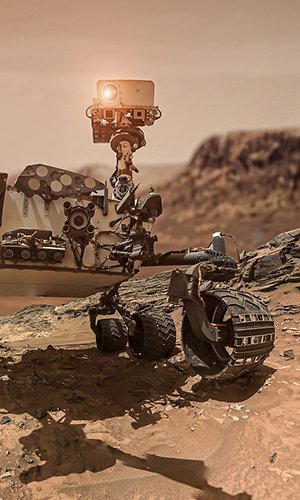A team of surgeons from the University of Nebraska, USA, has successfully performed the first remote weightless surgery aboard the International Space Station (ISS), which orbits our planet at an average minimum distance of 278 km and a maximum distance of 460 km. The station travels at an astonishing average speed of 27,724 kilometres per hour. Doctors operated a small robotic arm called SpaceMIRA from the ground, experimenting with surgical techniques to be used in the hopefully unlikely event of urgent astronaut surgery. No human patients were operated on; instead, the mechanical arm operated on a rubber model designed to simulate human tissue. Astronauts perform an extraordinary and dangerous job that is not without its risks. One major challenge is that the nearest emergency room is more than 400 km from Earth. This is why the feasibility of surgical intervention on the station is being tested. However, in the absence of a permanent surgeon, the only way to treat astronauts is to operate from Earth using robotic arms. In particular, SpaceMIRA provides terrestrial surgeons with eyes and hands capable of performing many emergency procedures.
For the time being, these procedures are minor, partly because of a major obstacle identified during the experiments: the time lag. Due to the considerable distance, there is a 0.85-second delay in communication between Earth and the ISS. Although seemingly negligible, this delay becomes critical when quick decisions are required during surgical operations. This challenge will be exacerbated when permanent settlements are eventually established on the Moon, where communications will be delayed by more than a second. And on Mars, early explorers will face a one-hour delay for a signal to reach Earth and another hour for a response to arrive.
Despite recent advances in laser communications, patience will remain an essential virtue for all participants in future expeditions to the Moon and Mars. The need to take well-equipped medical teams into space, similar to Dr Leonard McCoy, the ship's doctor on the iconic Starship Enterprise from the legendary sci-fi series Star Trek, will be imperative. In the meantime, these remote-controlled robotic devices will prove very useful here on Earth.
Source: popsci.com




